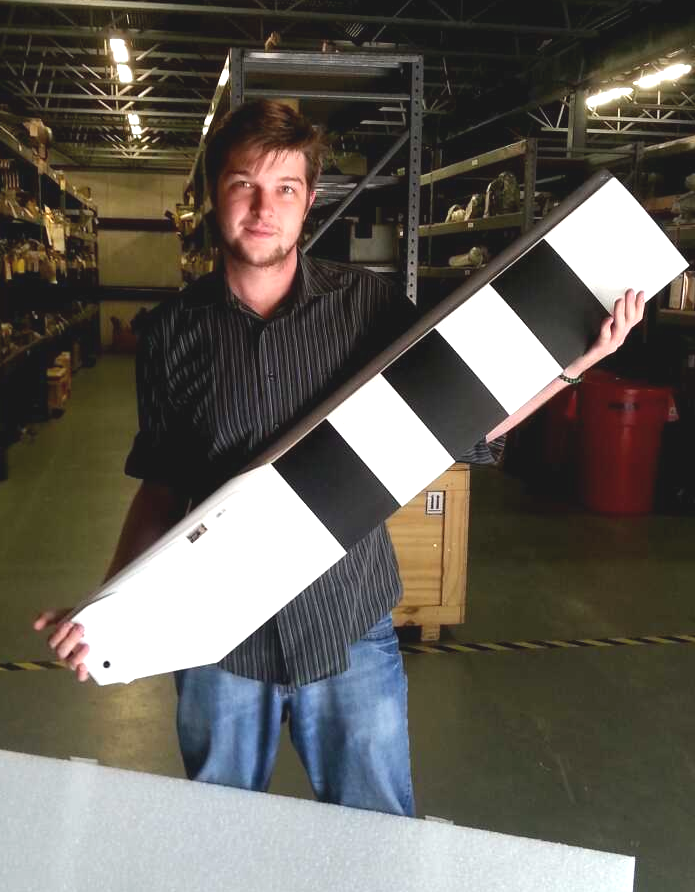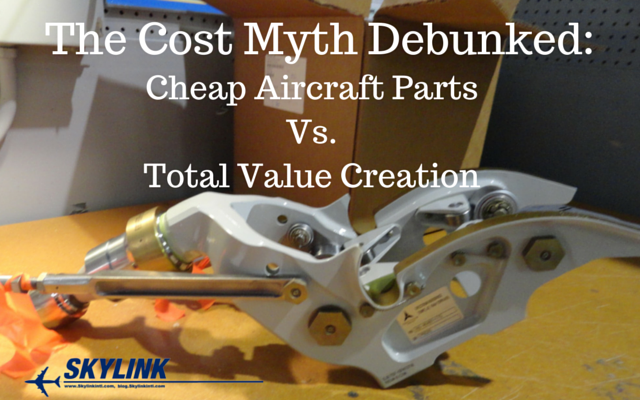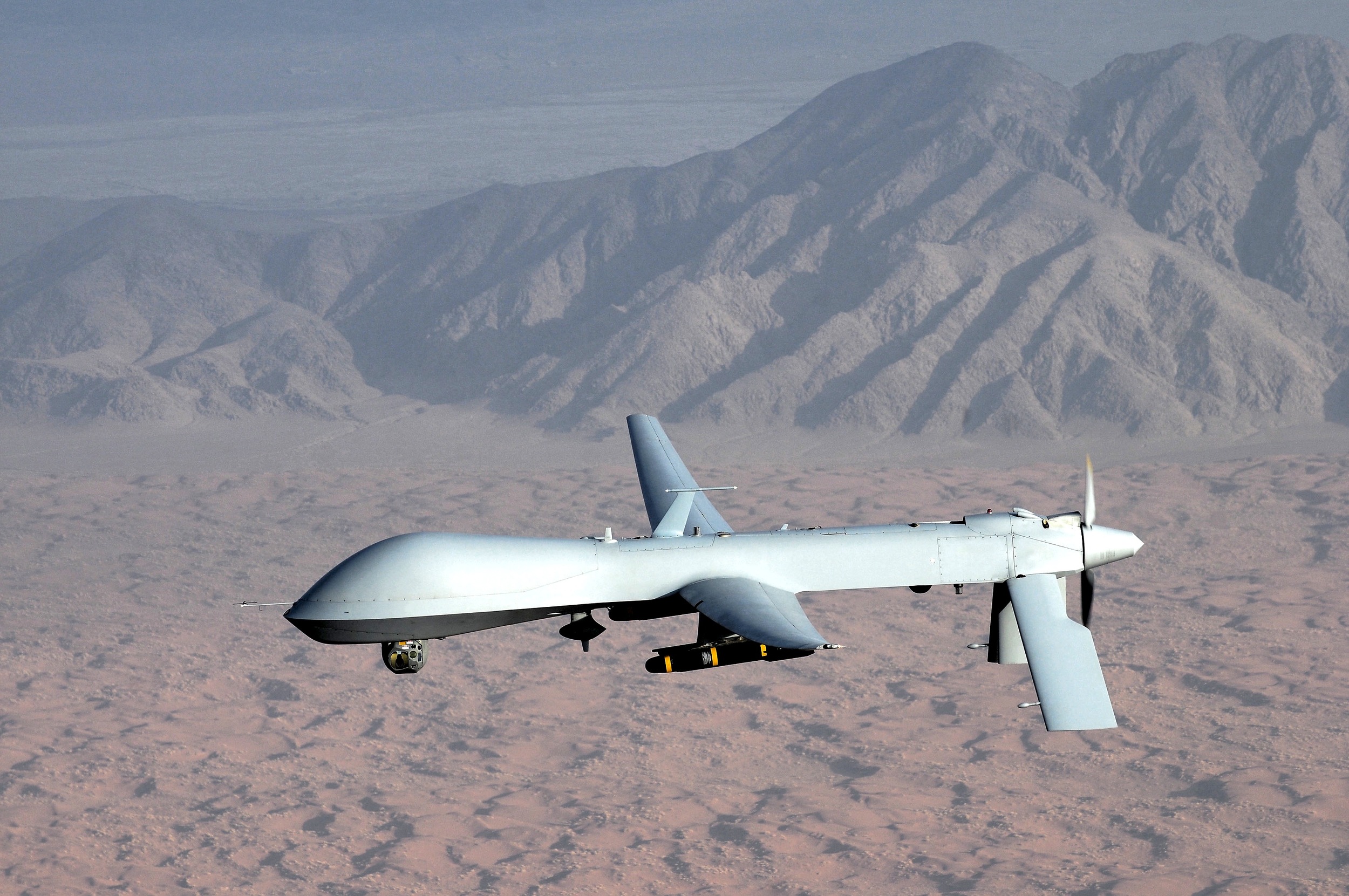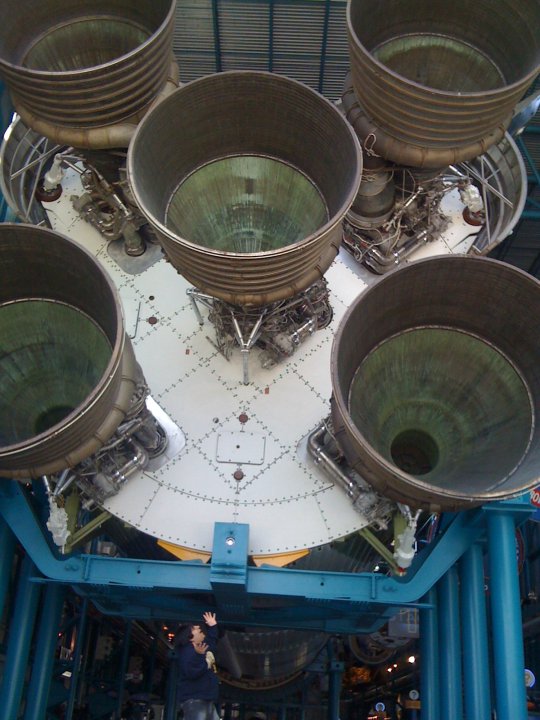In the fast paced, non-stop world of aviation, problems happen and they happen often. Most people look at problems as a bad thing. They're afraid of them. It controls their every move.
The more they're afraid of the problems, the bigger, more complex the problems will become.
This is the very reason we've adopted a core value here at Skylink, "Accept Problems, Then Solve Them." Sitting at our desk worrying about a problem does nothing. Getting to the root of the issue and solving it does. There are a number of ways we tackle problems.
Listening
We're active listeners. 
If it's a client showing concern, we listen. If it's a team member who has a problem, we listen. If it's a supply chain partner explaining a delay, we listen.
By listening, we hear the other person and can effectively translate what they are saying into solutions.
The art of listening is the first step to proper communication and problem solving.
If we're not listening, then we're not solving. And if we're not solving, we're not practicing what we preach.
Advice process
This concept isn't new for us but the methodology and practice will be a reoccurring topic in our daily communication.
We are a self-managed organization giving people autonomy to make decisions as they see fit. The only requirement when making a decision is to seek advice from the people who will be directly affected and people who have knowledge in the subject.
The advice process isn't the "manager" making the final decisions but instead it's the collective group working together for the best viable decision. The person leading the team then formulates the responses to output the right solution.
5 Whys
The simple question "why" is a great concept to actively engage a problem.
When a problem comes up at Skylink, we tackle the issue by asking "why."
Stubborn and recurrent problems are often symptoms of deeper issues. A "quick fix" may seem convenient, but it's really just a temporary solution and it may solve only part of the problem.
To solve it properly, you need to drill down through the symptoms to the underlying cause.
The 5 Whys is a simple, practical tool that is very easy to use. When a problem arises, simply keep asking the question "why" until you reach the underlying source of the problem, and until a robust counter-measure becomes apparent.
The 5 Whys uses "counter-measures," rather than solutions. A counter-measure is an action or set of actions that seeks to prevent the problem arising again, while a solution just seeks to deal with the situation. As such, counter-measures are more robust, and are more likely to prevent the problem from recurring.
Each time you ask "why," look for an answer that is grounded, in fact: it must be an account of things that have actually happened – not events that might have happened. This prevents the 5 Whys becoming just a process of deductive reasoning, which can generate a number of possible causes and, sometimes, create more confusion.
Keep asking "why" until you feel confident that you have identified the root cause and can go no further. At this point, an appropriate counter-measure should become evident."
Contingencies
We make hundreds of decisions every day. One of the ways we expedite problem solving is by having contingencies in place at every level. Or at least know the worst case scenario.
A good example is in repairs. If we have a repair in process for a pooling rotable and the units goes BER, what's our backup? If we already have the contingency in place when the units goes BER then we've expedited the resolution process.
Contingencies are crucial throughout our entire operation.
It's very important that everyone on the Skylink team knows and understands how to accept problems and solve them. We live and breathe this and when were all in sync, problems are a mere speed bump into the flow of the Skylink way.
Are you afraid of problems? Do you encounter problems on a daily basis? Fill out the form below and let's chat about how to get you to overcome these obstacles.












 This trifecta of efficiency is what the aviation industry is raving about and why companies like Pratt and Whitney and even GE Aviation has adopted this new technique in manufacturing.
This trifecta of efficiency is what the aviation industry is raving about and why companies like Pratt and Whitney and even GE Aviation has adopted this new technique in manufacturing.





